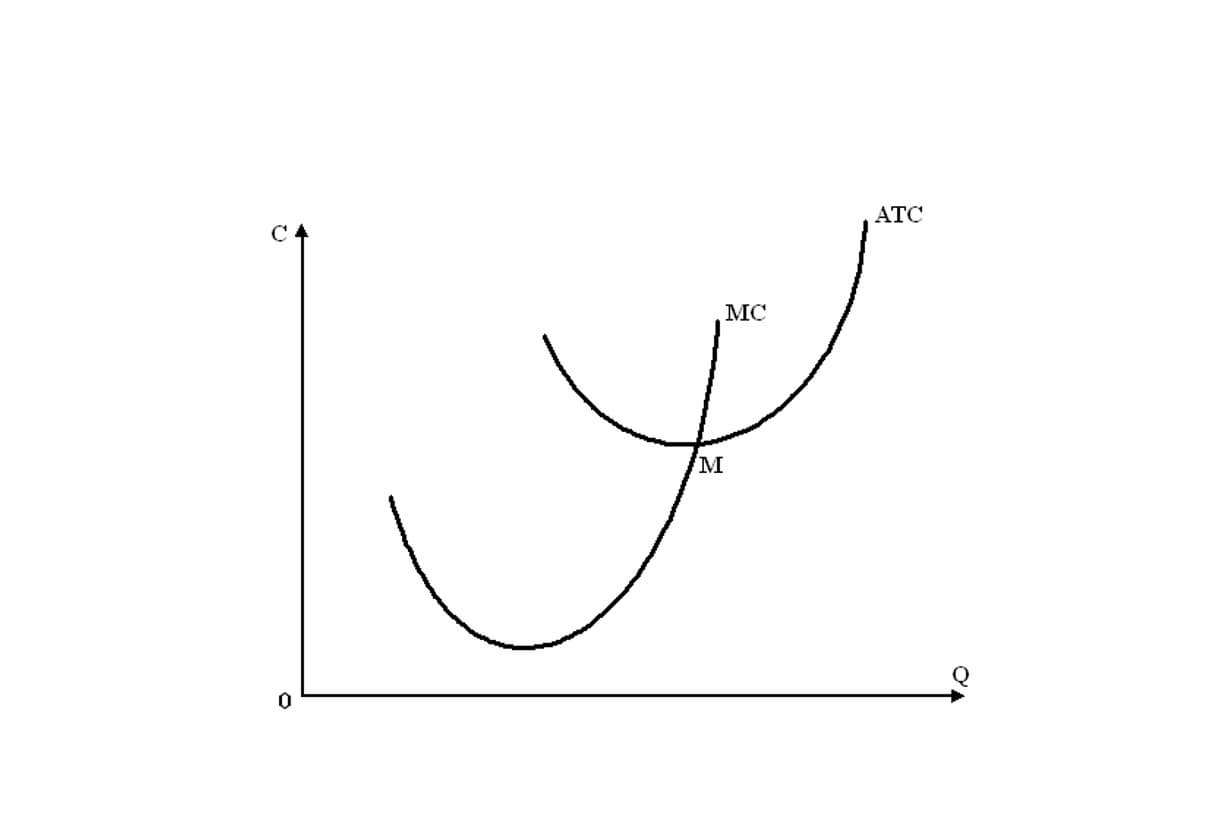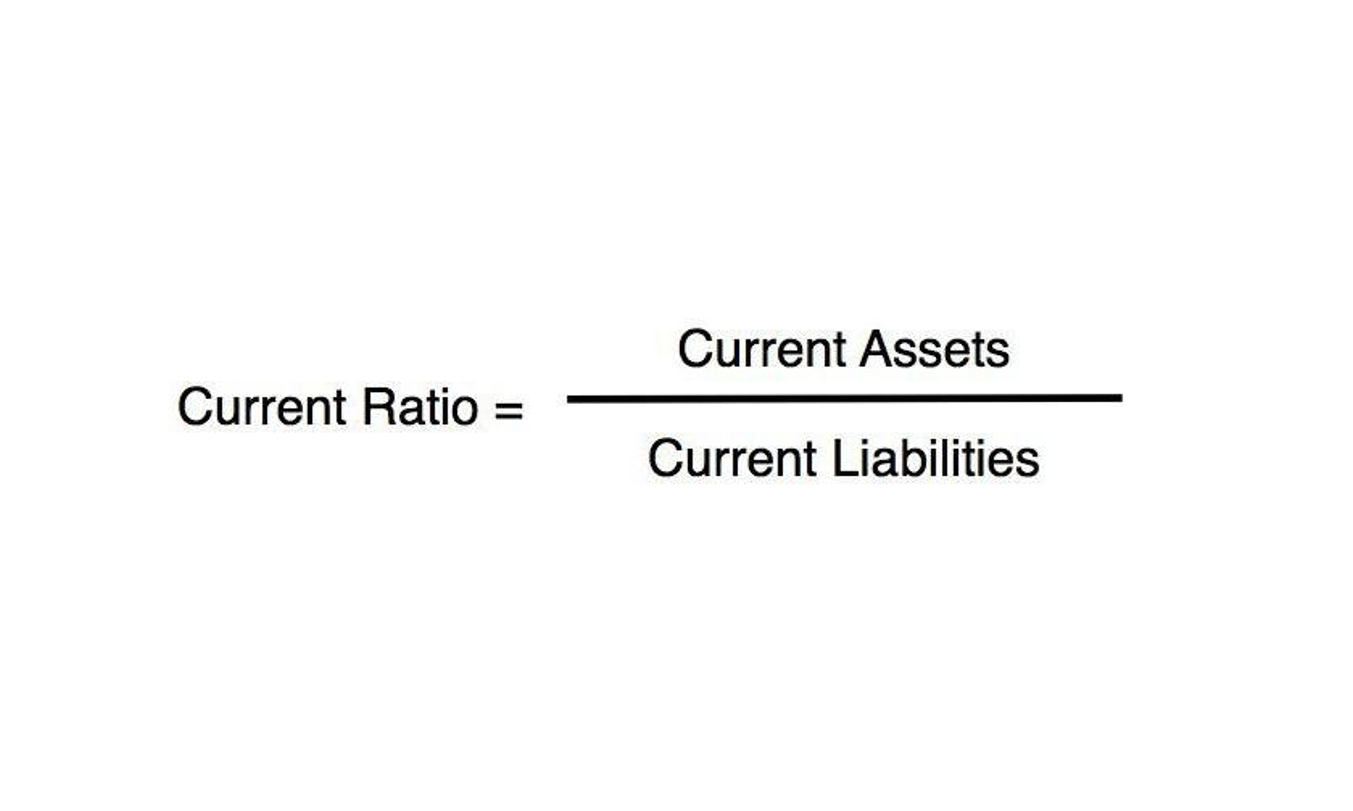Bookkeeping
What is the Percentage of Sales Method?

As seen in the T-accounts above, Gem estimated that the total bad debts expense for the first two months of operations (June and July) is $10,000. It is likely that as of July 31 Gem will not know the precise amount of actual bad debts, nor will Gem know which customers are the ones that won’t be paying their account balances. However, the matching principle is better met by Gem making these estimates and recording the credit loss as close as possible to the time the sales were made. Internal pro forma statements are often created using percent of sales forecasting. This method calculates future metrics of financial line items as a percentage of sales. For example, the cost of goods sold is likely to increase proportionally with sales; therefore, it’s logical to apply the same growth rate estimate to each.
Adjusting the Allowance
Cost of goods sold is usually the Accounts Payable Management largest expense on the income statement of a company selling products or goods. Cost of Goods Sold is a general ledger account under the perpetual inventory system. You should consider our materials to be an introduction to selected accounting and bookkeeping topics (with complexities likely omitted). We focus on financial statement reporting and do not discuss how that differs from income tax reporting. Therefore, you should always consult with accounting and tax professionals for assistance with your specific circumstances.

Determine if a correlation between sales and specific line items you want to forecast exists.
- This matching principle provides readers of financial statements with a clearer insight into the actual profitability tied to those sales, fostering transparency and accuracy in assessing a company’s performance.
- Unfortunately, companies who sell on credit often find that they don’t receive payments from customers on time.
- Construction companies must consider contract terms, project completion stages, and the financial stability of their clients when determining their allowance for doubtful accounts.
- A record in the general ledger that is used to collect and store similar information.
- Upon receiving the goods the customer finds that $100 of the goods are not acceptable.
Journal entries usually dated the last day of the accounting period to bring the balance sheet and income statement up to date on the accrual basis of accounting. Some valuable items that cannot be measured and expressed in dollars include the company’s outstanding reputation, its customer base, the value of successful consumer brands, and its management team. As a result these items are not reported among the assets appearing on the balance sheet. A factor buys the accounts receivables at a discount and then goes about the business of collecting and keeping the money owed through the receivables. This means the company that sold the receivables remains financially responsible if a customer does not remit the full amount to the factor.
What is the percentage of sales method?
Sandra’s areas of focus include advising real estate agents, brokers, and investors. She supports small businesses in growing to their first six figures and beyond. Alongside her accounting practice, Sandra is a Money and Life Coach for women in business.

The construction industry, characterized by long-term projects and contracts, often deals with progress billings and retainage, which can complicate receivables management. Construction companies must consider contract terms, project completion stages, and the financial stability of their clients when determining their allowance for doubtful accounts. This might involve a more granular analysis of receivables and a customized percentage rate that aligns with the specific risks inherent in construction contracts.
In applying the percentage-of-sales method, companies annually review the percentage of uncollectible accounts that resulted from the previous year’s sales. By adhering to these best practices, companies can effectively manage their accounts receivable, reduce the risk of uncollectible accounts, and percent of sales method accounting maintain healthier cash flows and more accurate financial reporting. The allowance for doubtful accounts transforms an uncomfortable business reality—that some customers won’t pay—into a manageable accounting method. By estimating potential losses before they occur, companies present a more honest picture of their financial health while properly matching expenses to the periods when they earn revenue.

- This method does not involve creating an allowance for doubtful accounts, and expenses are recognized directly against income.
- Just like weather forecasters sometimes get it wrong, the percentage of sales method also has limitations.
- In this article, we’ll cover how to estimate uncollectible accounts under GAAP.
- For example, if the previous year’s growth rate was 12 percent, straight-line forecasting assumes it’ll continue to grow by 12 percent next year.
- The allowance for doubtful accounts might seem too subjective or imprecise for accounting, but it’s more accurate than pretending every invoice will be paid in full.
- Then you apply these percentages to the current sales figures to create a financial forecast, which includes the income and spending accounts.
It looks at the financial statements to find the expenses and assets that can predict future financial performance, relying on accurate historical data to make the future forecasted sales work. Each time the business prepares its financial statements, bad debt expenses must be recorded and accounted for. For example, let’s assume that at the end of its first year of operations a company’s Bad Debts Expense had a debit balance of $14,000 and its Allowance for Doubtful Accounts had a credit balance of $14,000. Because the income statement account balances are closed at the end of the year, cash flow the company’s opening balance in Bad Debts Expense for the second year of operations is $0.

The percentage of receivables method is a systematic approach to accounting for the uncertainty of debt collection. It is a forward-looking process that anticipates future losses and adjusts the value of accounts receivable accordingly. The allowance for doubtful accounts is a crucial tool for finance teams to manage credit risk, improve forecasting, and ensure financial accuracy. Understanding how to calculate and apply ADA helps businesses make informed decisions about their accounts receivable and avoid unexpected financial losses.
- Лучшие онлайн казино для честной игры без обмана 2025
- Лучшие клубы для высоких ставок в виртуальных казино 2025
- bet969 Acabamento pressuroso tigre 777 Cata Niquel Online Tiger Fortune 777 Login
- Hot Move Gambling establishment No deposit Bonus Password and 100 percent free Spins
- ᐈ Top 10 Bonusuri pe Primordial Vărsare Oare Cazinouri Licentiate
- Free Revolves No deposit Bonuses NZ 2024 crime scene online slot 100 percent free Spins for the Indication Up
- Better Bitcoin Sportsbook Thrill: Plunge on the Crypto Gambling within the Summer 2025!
Bài viết cùng chủ đề:
-
The difference between the periodic and perpetual inventory systems
-
Cash Flow Statement: Operating, Investing & Financing Activities
-
How Salvage Value Is Used in Depreciation Calculations
-
What Is Salvage Value in Accounting and How Is It Calculated?
-
What is Fund Accounting? A Nonprofit’s Guide
-
How to Comply with Accounting Standards for Nonprofits
-
Liability: Definition, Types, Example, and Assets vs Liabilities
-
All About Liabilities: Meaning, Types and Examples
-
California Overtime Law 2025: All You Need to Know
-
Accounting Explained With Brief History and Modern Job Requirements
-
Contribution Margin Formula + Calculator
-
Contribution Margin: Definition, Overview, and How To Calculate Online Business School
-
What is Prepaid Insurance: Benefits and Examples Order to Cash Knowledge Center
-
Prepaid Expenses: Definition, Examples & How to Record
-
Cash Basis vs Accrual Accounting: Which Method Is Right for Your Business? PW Associates, CPAs
-
Cash Basis of Accounting: Definition, Example & Key Differences
